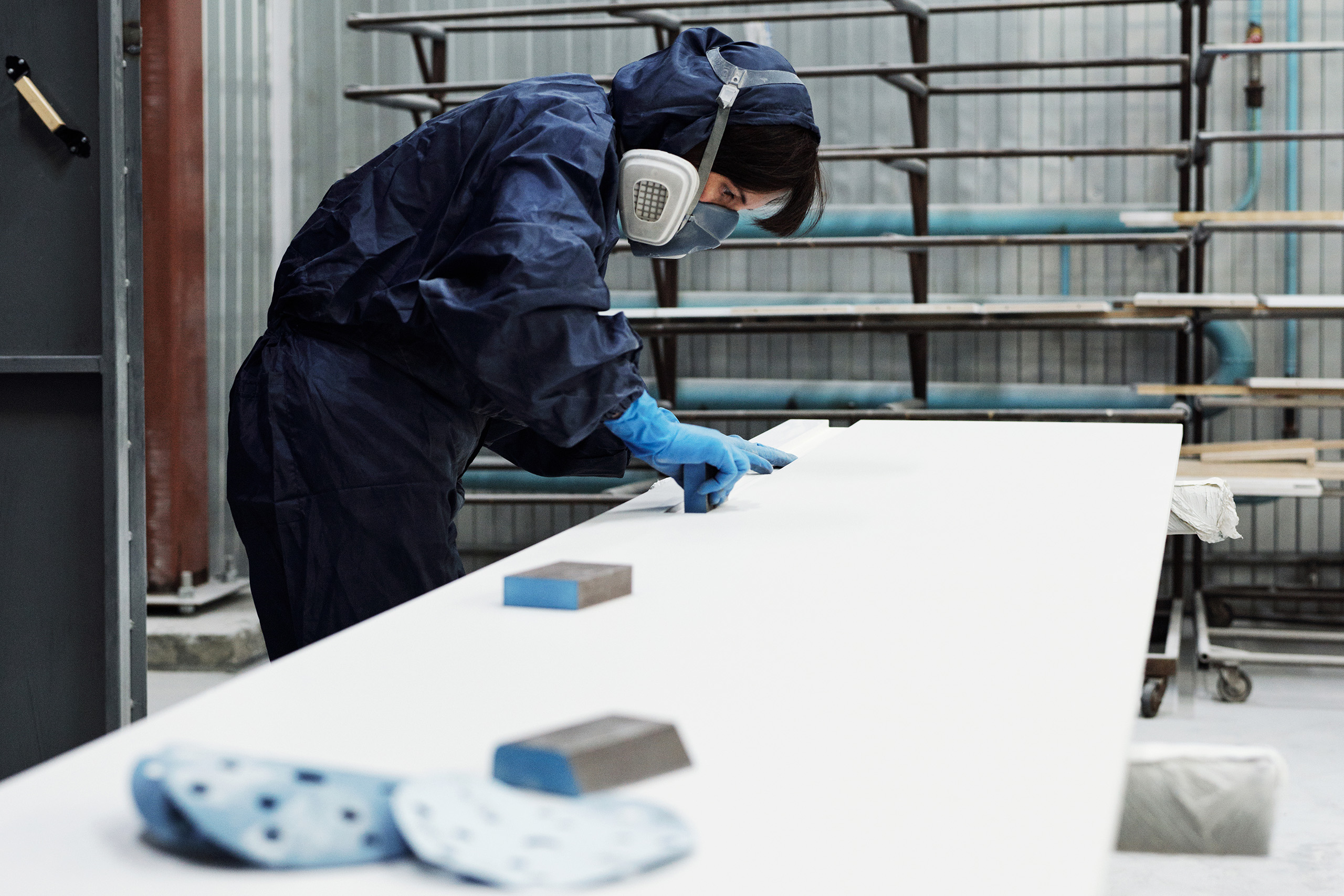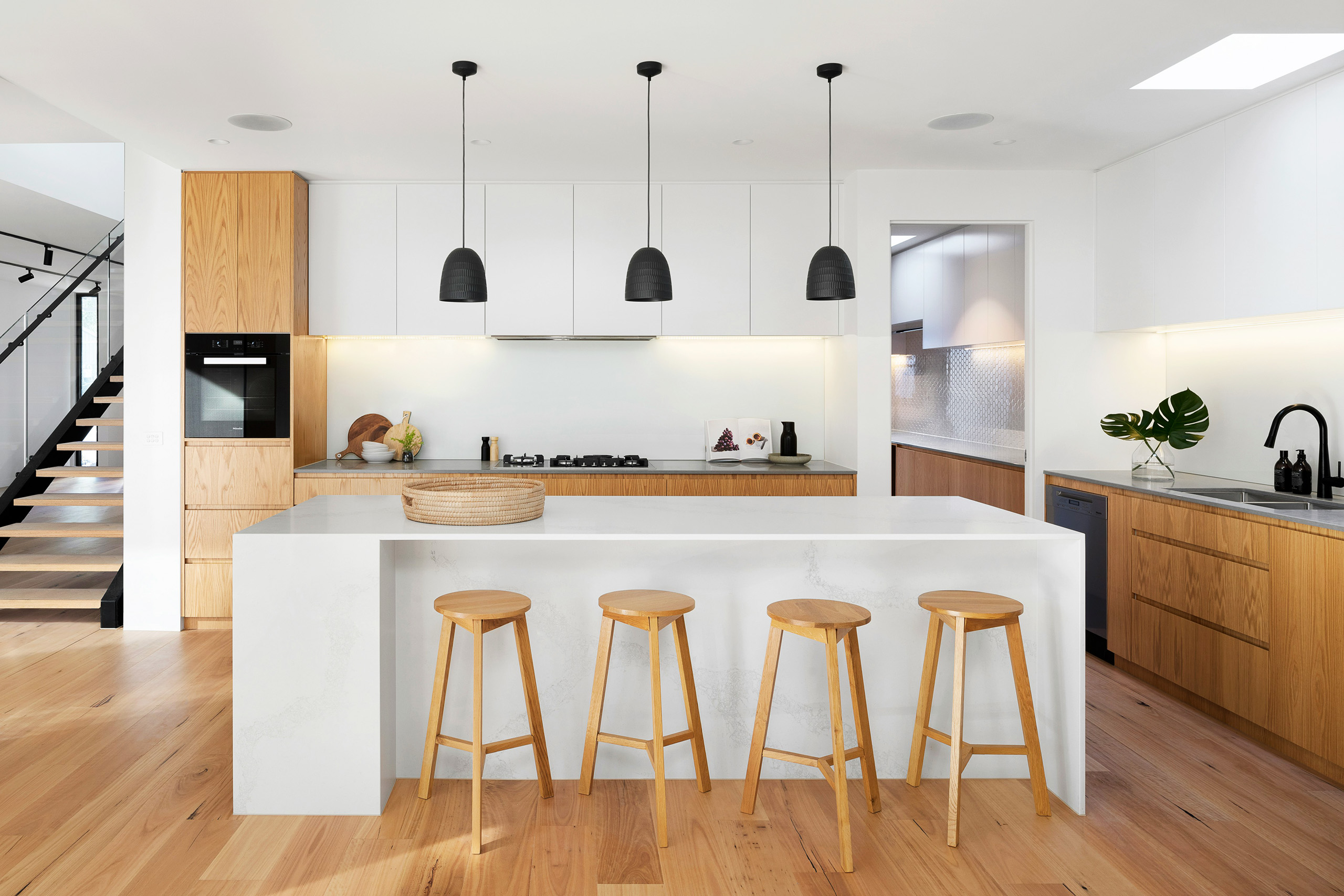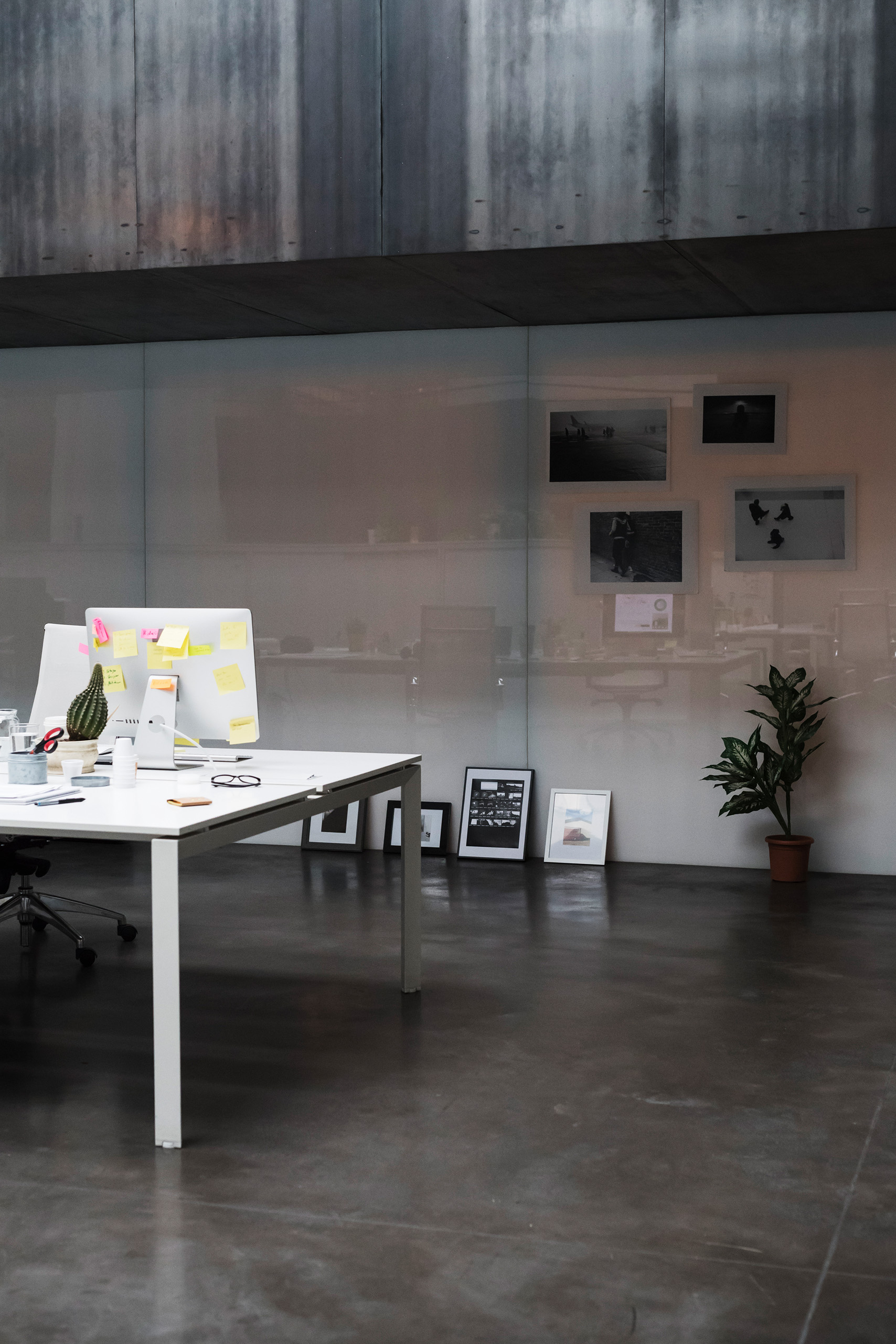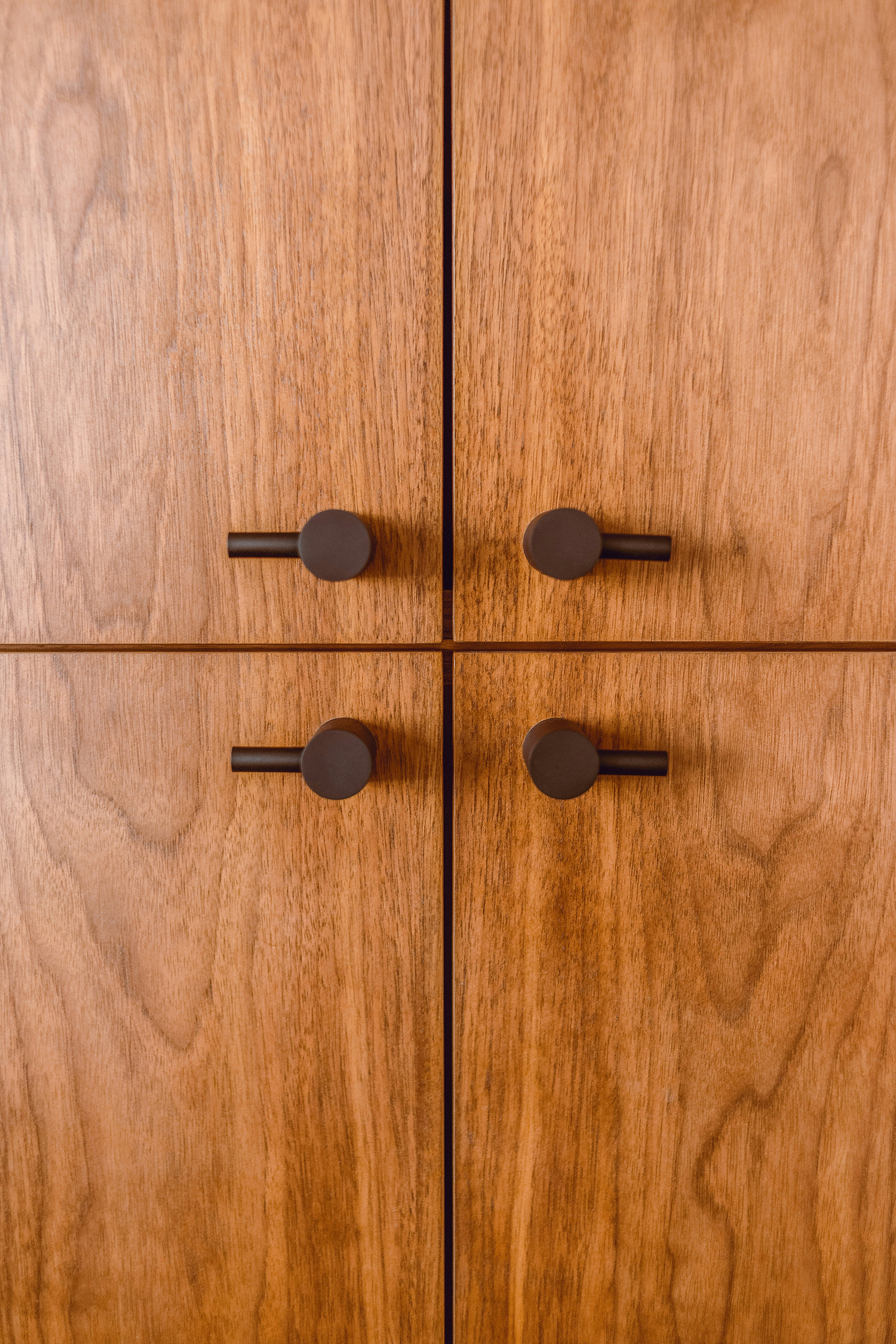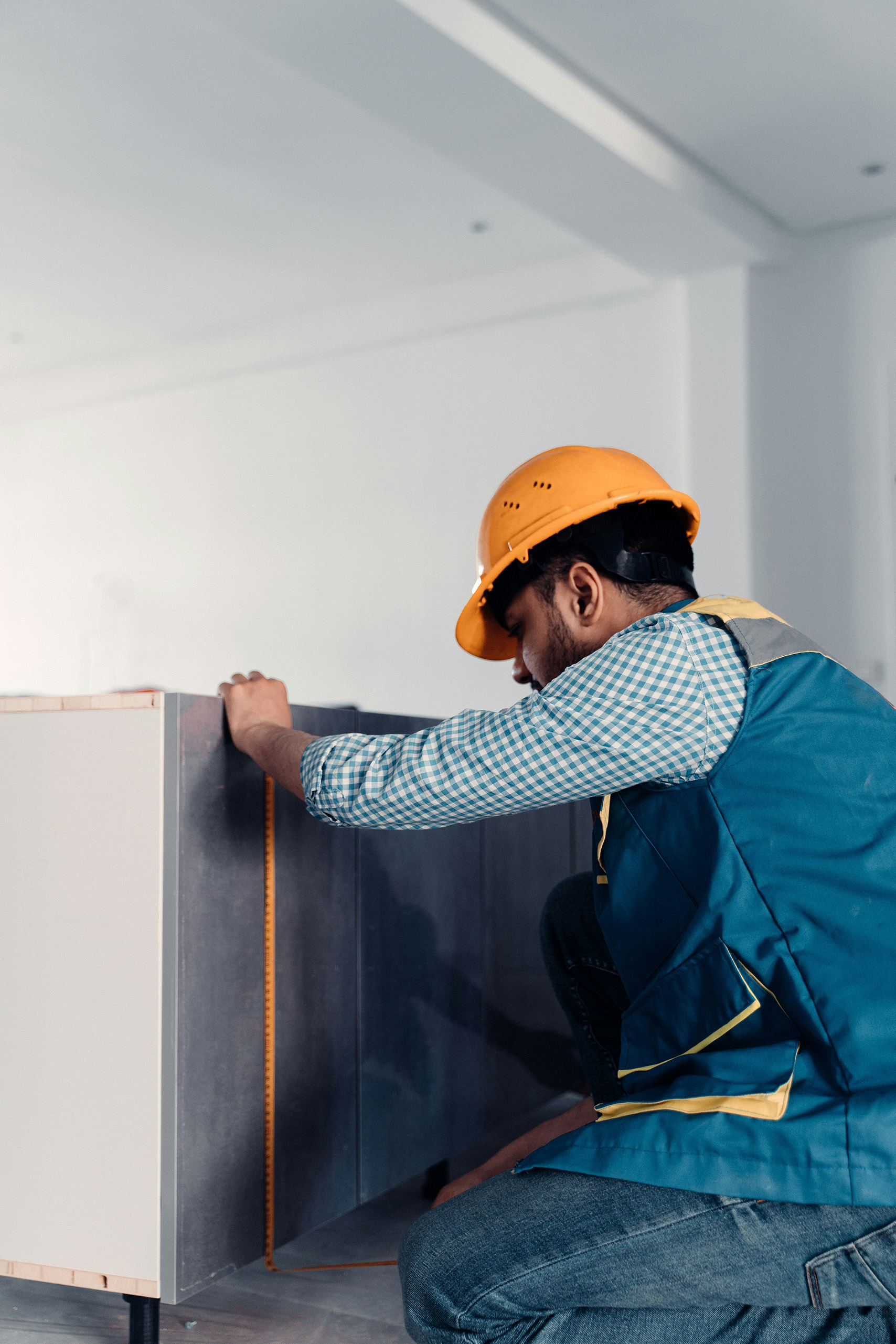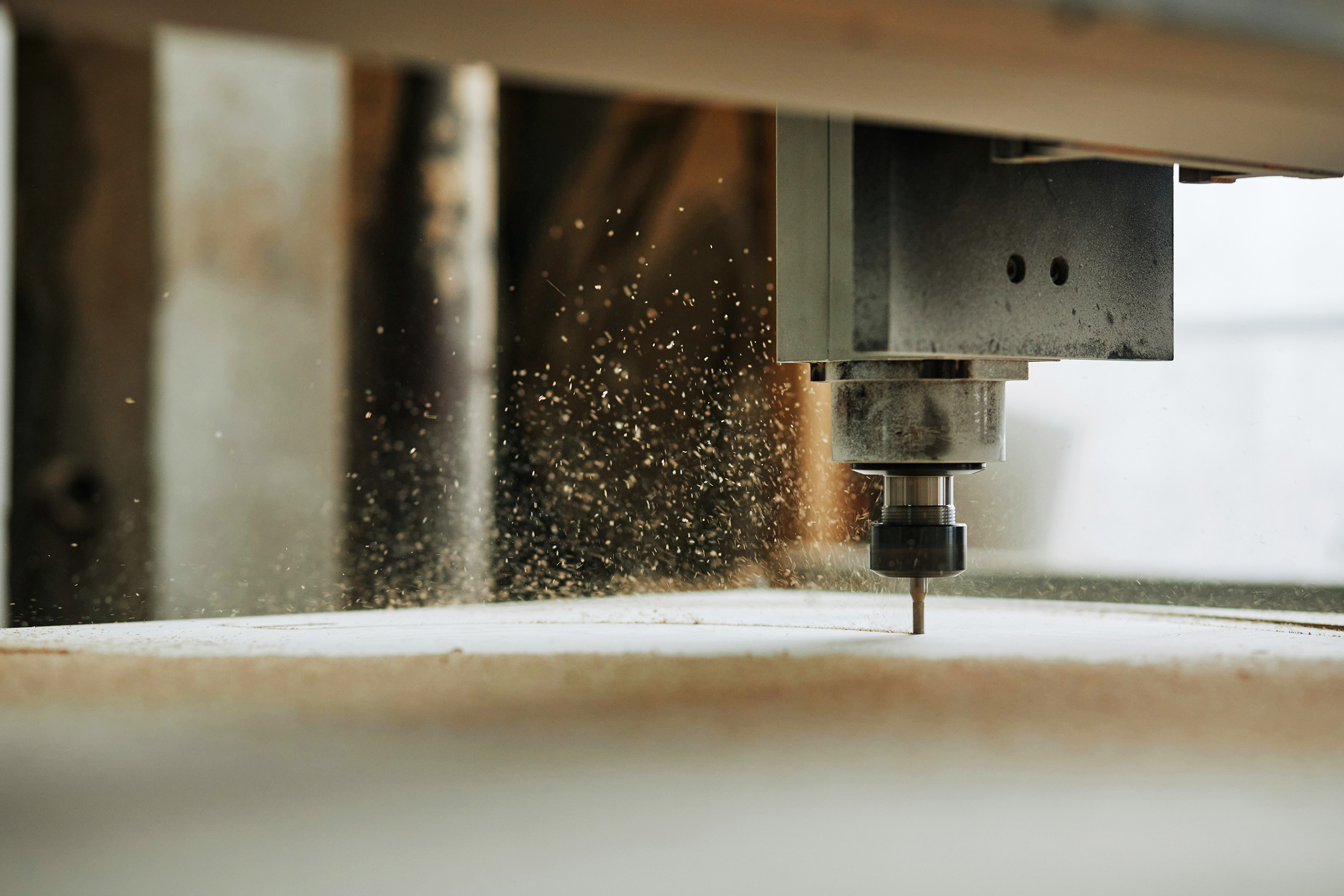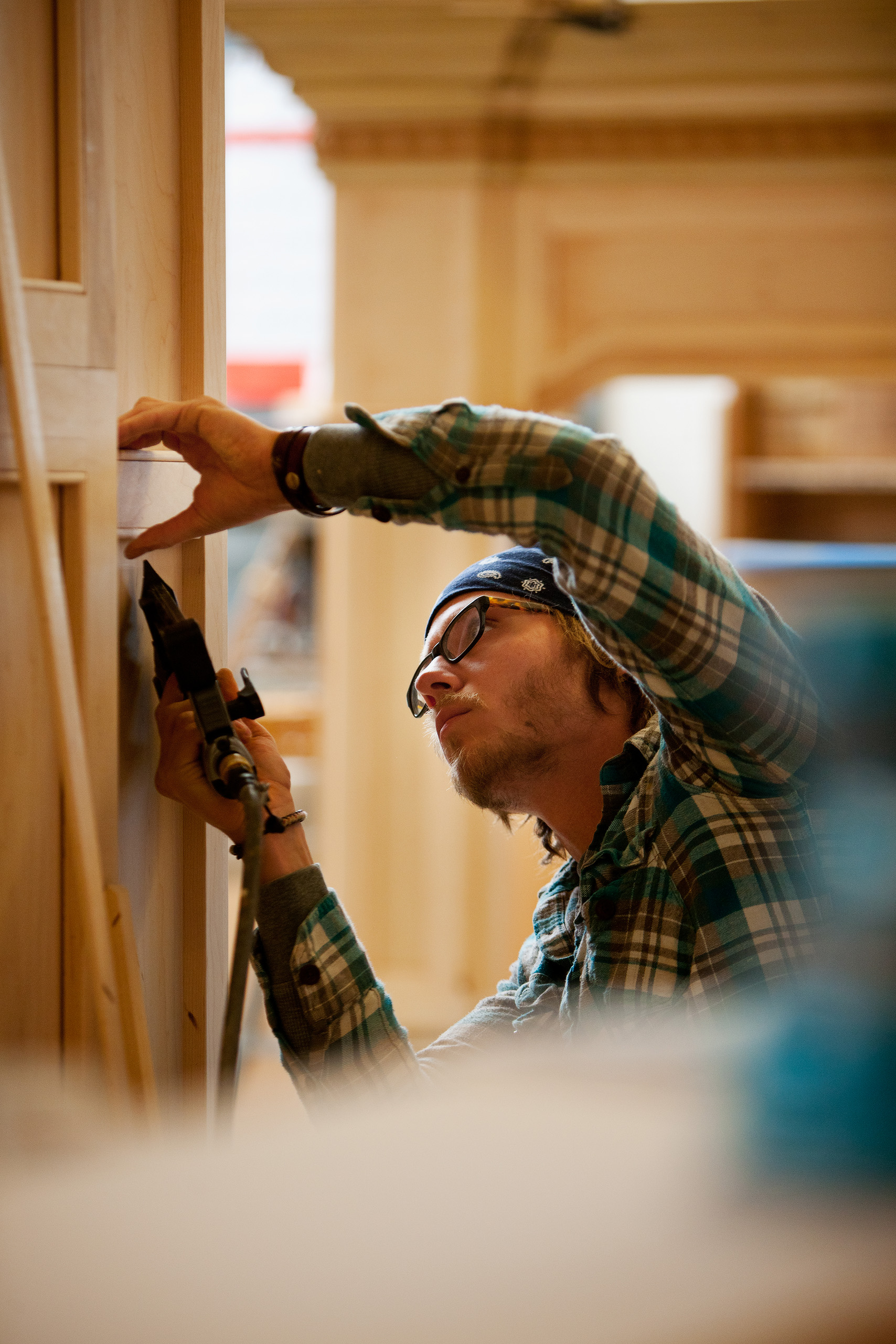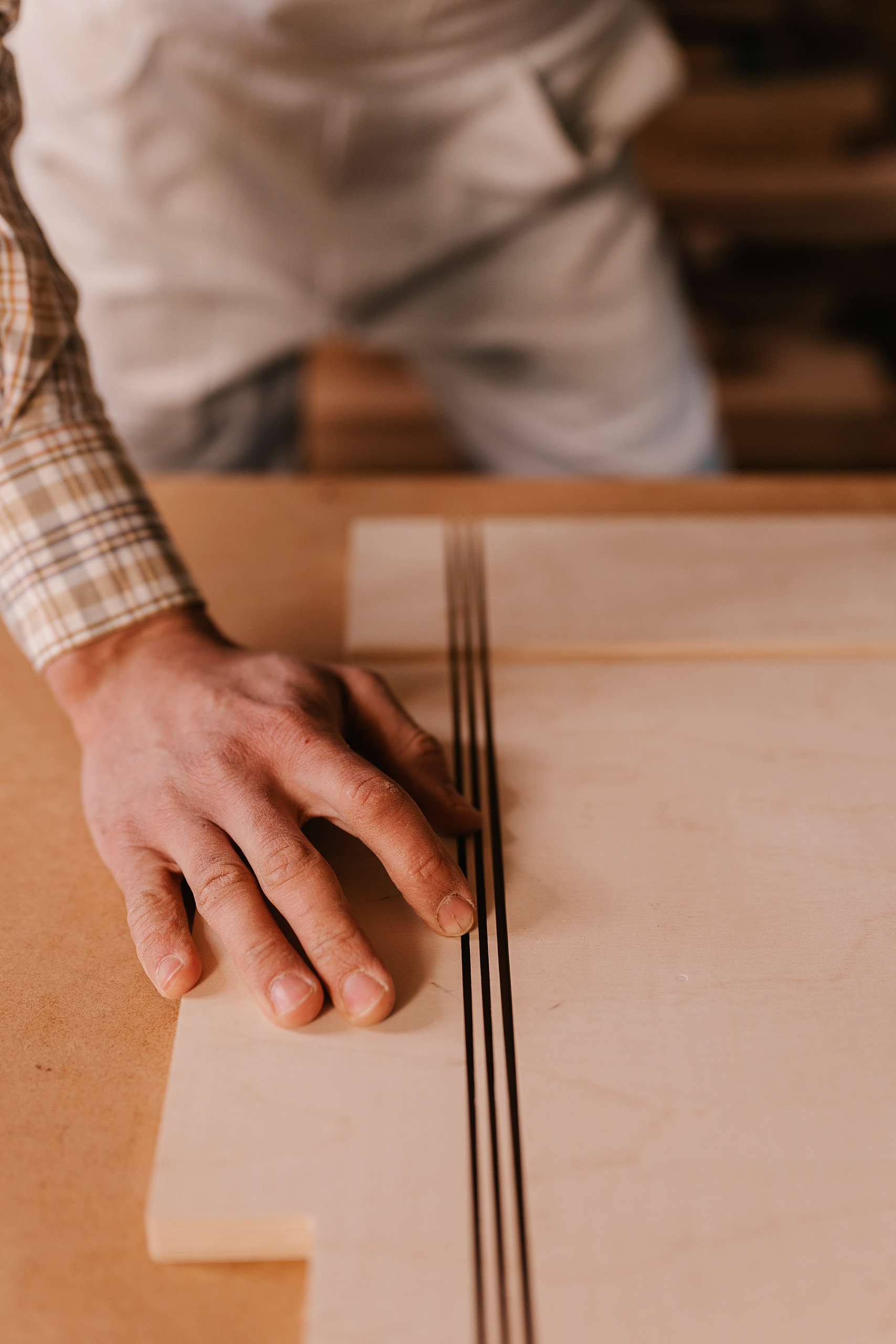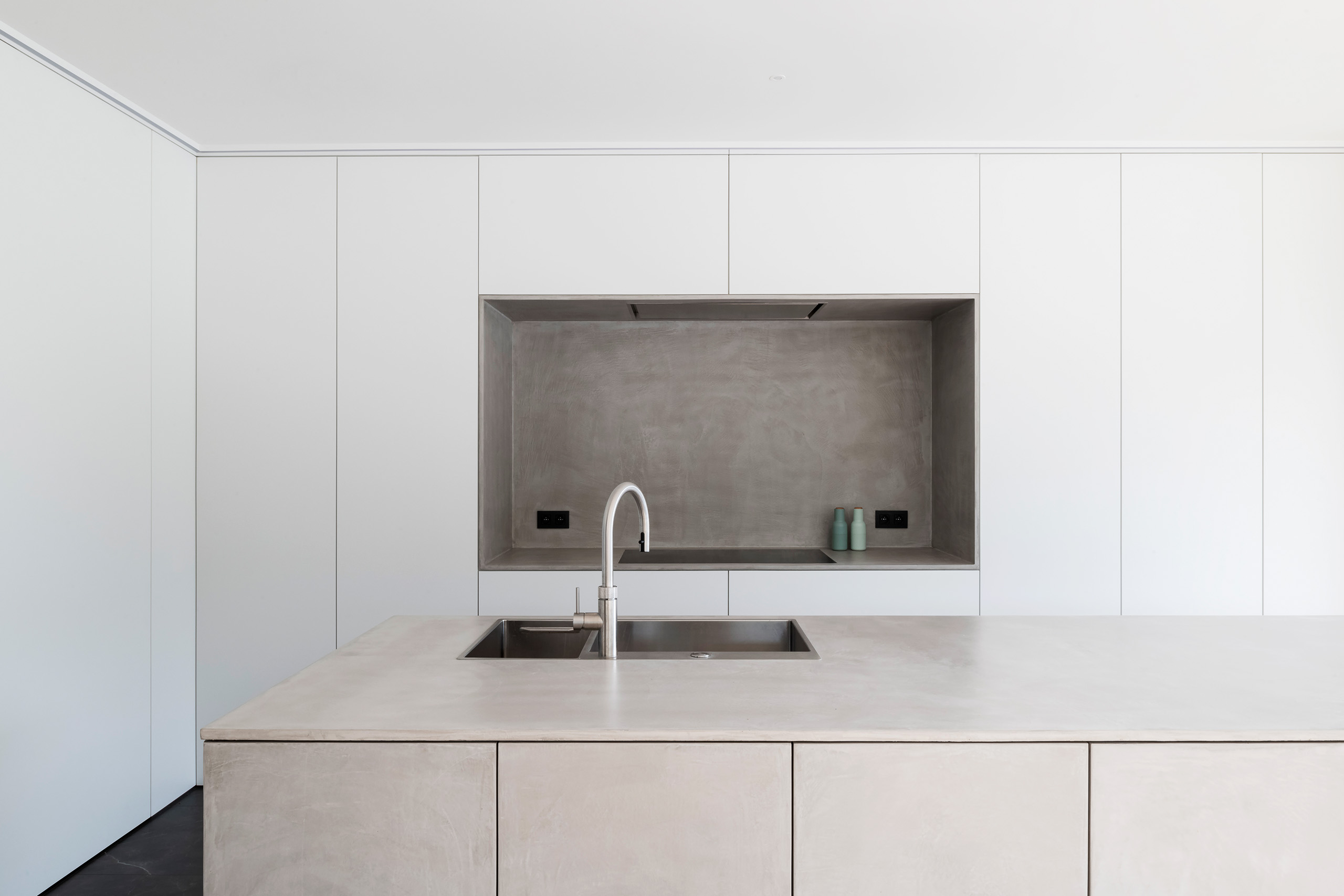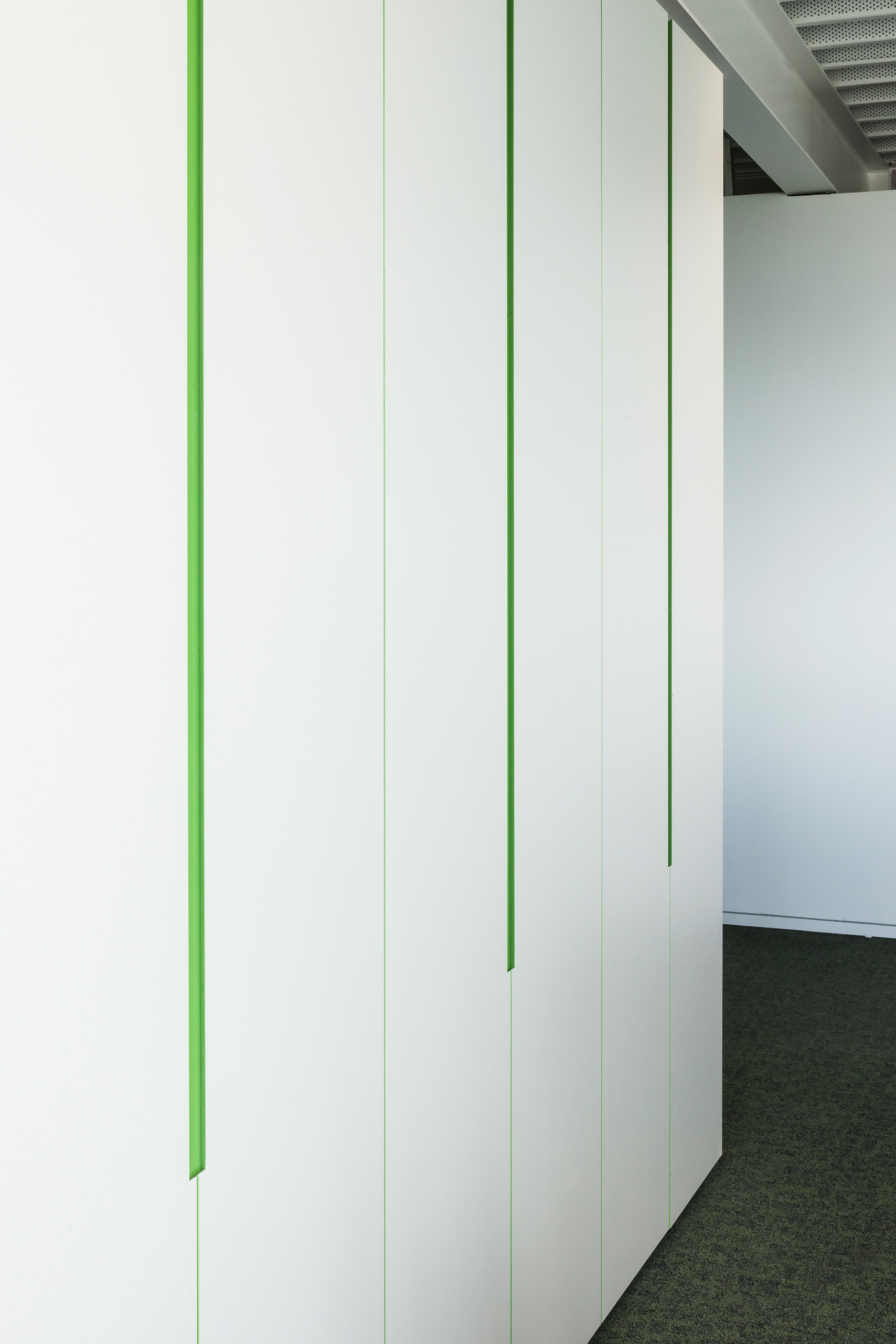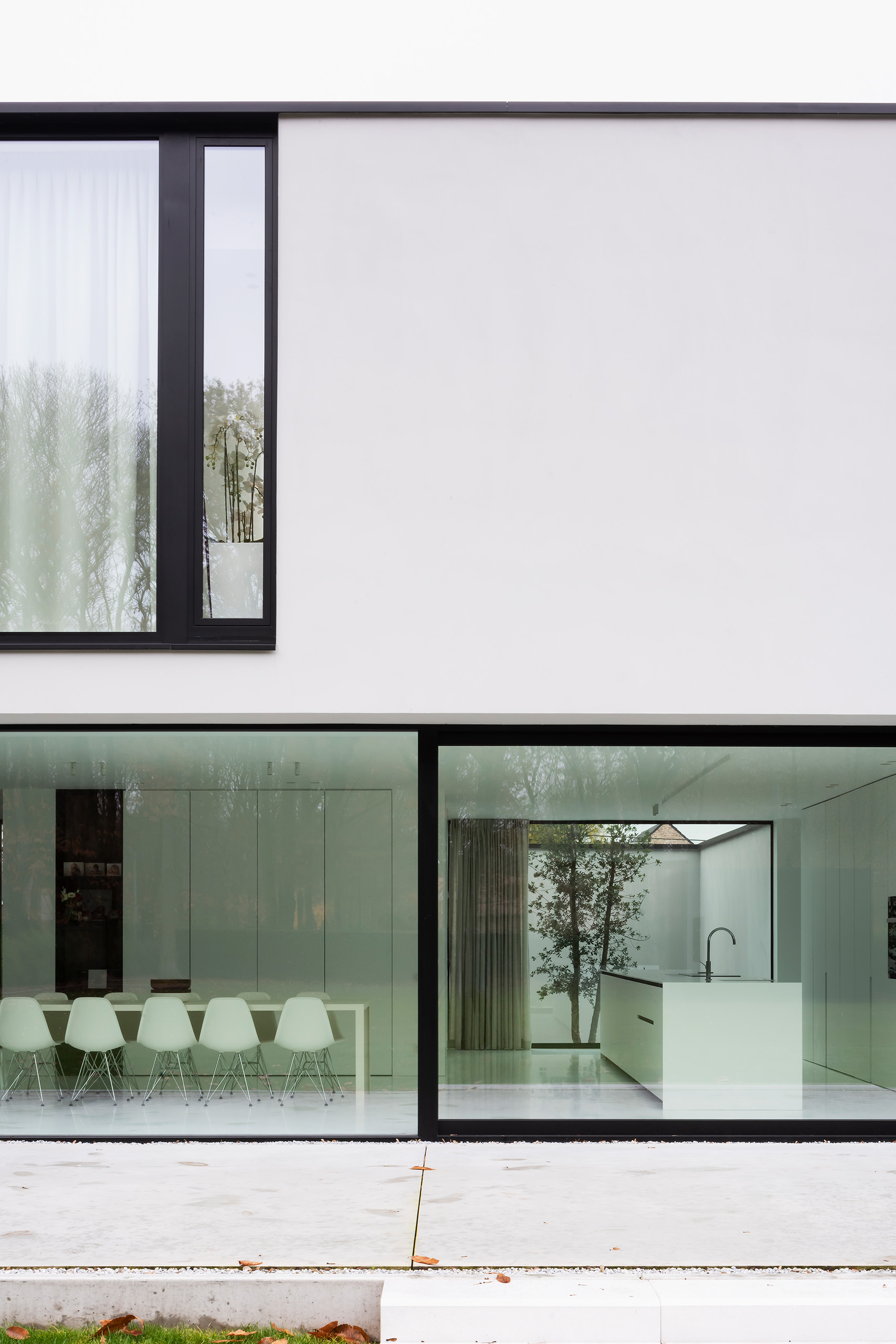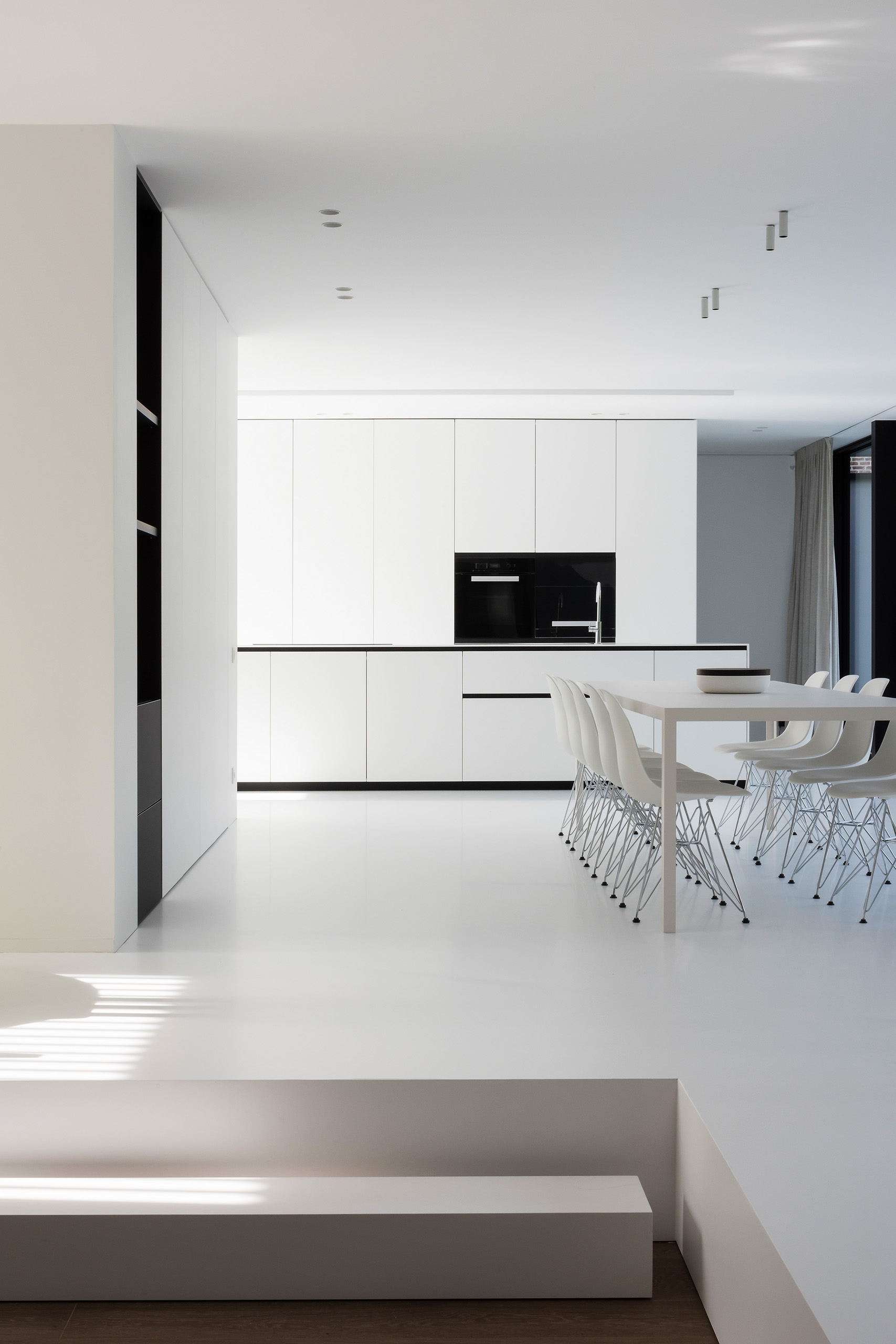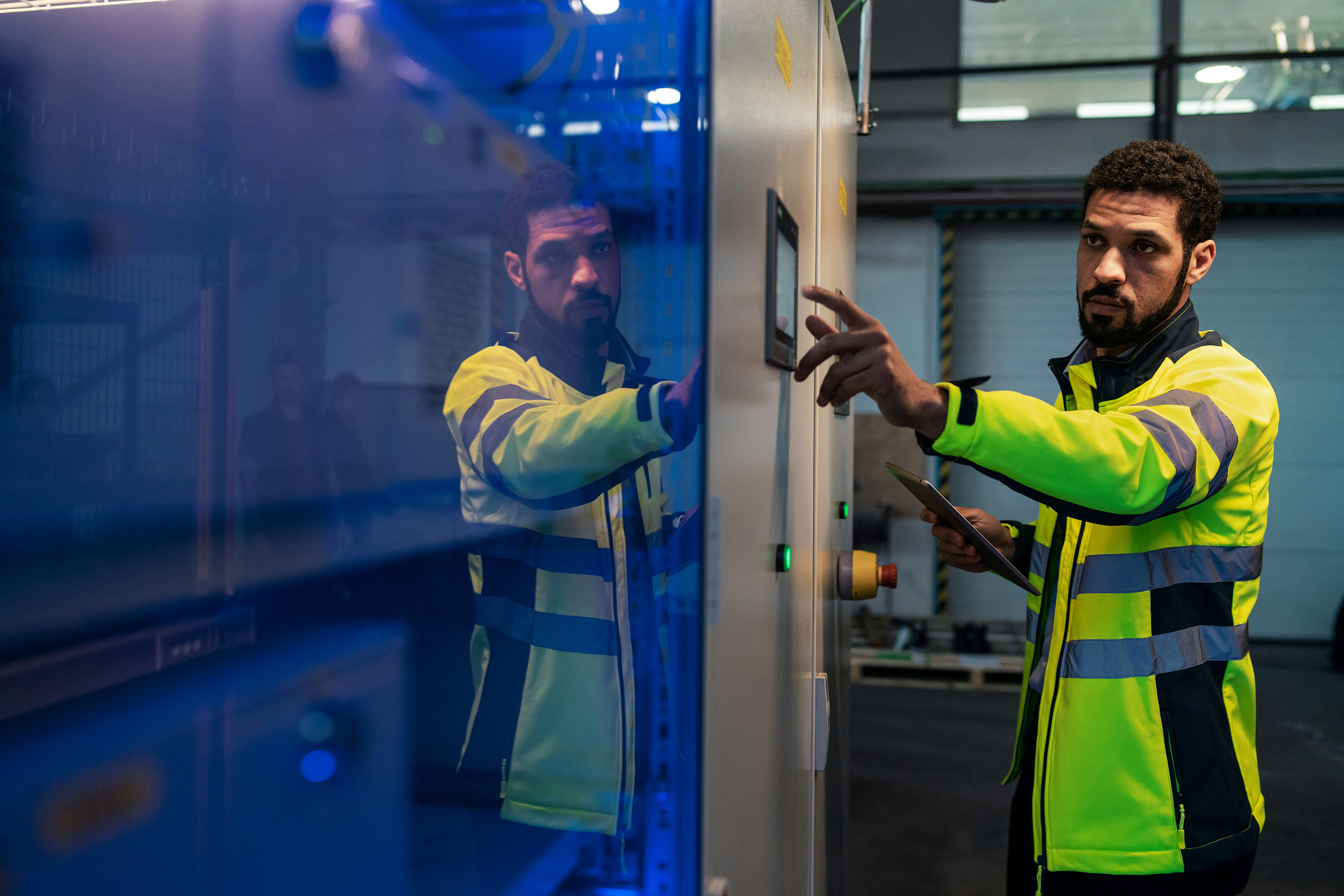The Cabinet-Making Process
Design and Planning
The process begins with an understanding of the client’s needs and preferences. Whether the project involves a custom kitchen or bespoke office storage, the planning phase includes detailed sketches, computer-aided design (CAD) models, and measurements to ensure precise fitting.
- Design considerations: Functionality, aesthetics, materials, and budget.
- Blueprints and CAD: These tools allow cabinet makers to visualise the final product and anticipate any construction challenges.
Material Selection
The choice of materials depends on the cabinet’s intended use, style, and the client’s budget. Common materials include:
- Solid Wood: Oak, maple, cherry, and walnut are popular for their durability and natural beauty.
- Plywood: Often used for structural components due to its strength and cost-effectiveness.
- Medium-Density Fiberboard (MDF): A budget-friendly option that provides a smooth surface for painting or veneering.
- Veneers: Thin wood slices are applied over less expensive core materials to achieve an upscale appearance at a lower cost.
Construction Techniques
Cabinet making involves various joinery techniques that influence both aesthetics and durability:
- Mortise and Tenon: A traditional joint that ensures strength, often used in higher-end cabinetry.
- Dovetail: Frequently employed in drawer construction for its strong interlocking fit.
- Rabbets and Dados: Simple joints used for fitting shelves or backing into side panels.
- Biscuit Joinery: Uses small, oval-shaped pieces to align and secure two pieces of wood.
Assembly and Finishing
Once all the components are cut and shaped, the assembly process begins. High precision is vital to ensure seamless fitting and structural integrity.
- Gluing and Clamping: Pieces are glued and clamped to set firmly in place.
- Sanding and Smoothing: Each surface is sanded to remove rough edges and prepare for finishing.
- Staining, Painting, or Varnishing: The finishing touch enhances durability and visual appeal, protecting the cabinet from wear and moisture.
